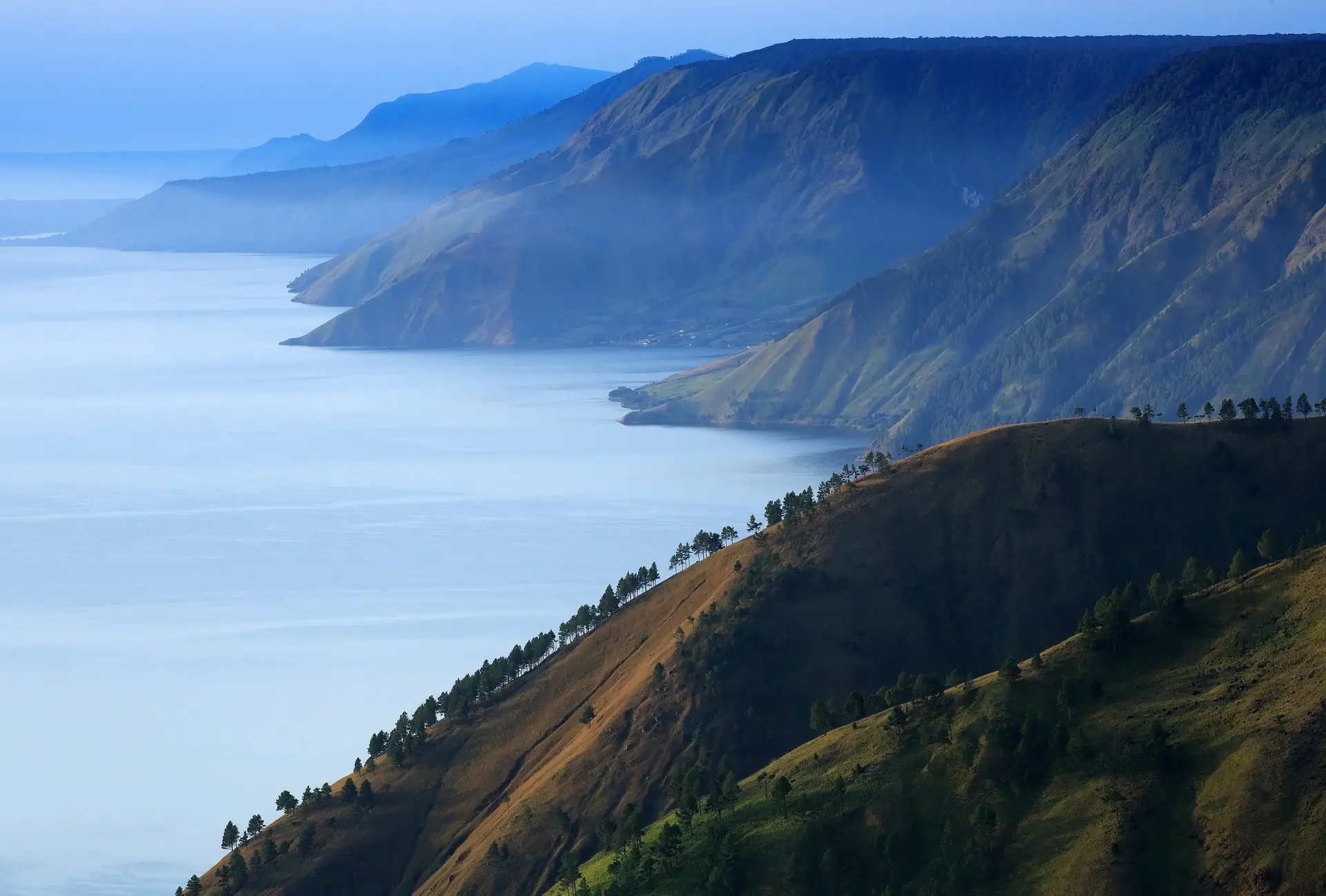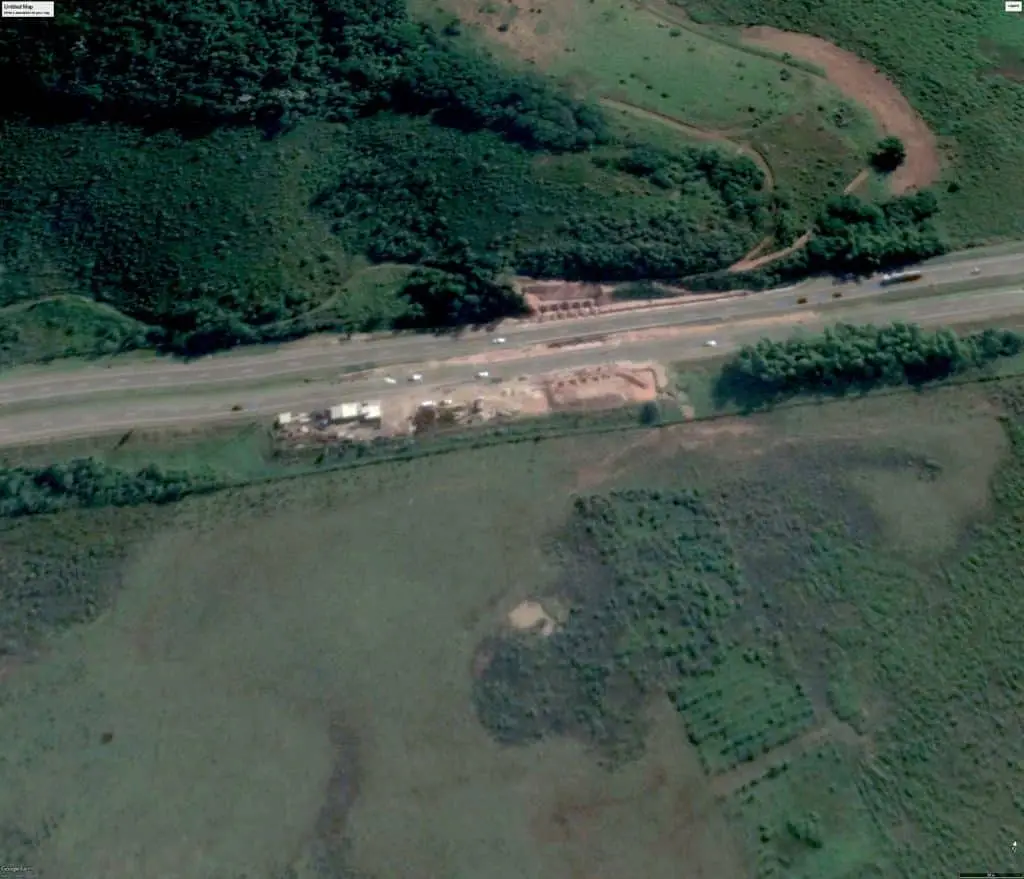Stuart Pimm’s Annual Letter

December 26, 2019
Annual Letter from Stuart Pimm
The shortest day of the year always seems an obvious time to reflect on what we’ve accomplished in the last twelve months. Days will soon get longer, prompting energetic efforts to plan for the New Year and assessments of what we accomplished this year. I’m all too aware that most of our projects are in the tropics — where day length changes little throughout the year — and some are in the southern hemisphere, where now is midsummer. On a cold winter’s day in North Carolina, it’s OK to recall that blast of warm humid air when one deplanes in Colombia or Brazil or Sumatra.
In a way, the major news this year was our name change. I founded SavingSpecies in 2006 using funds from the Heineken Prize, awarded to me by the Royal Netherlands Academy of Arts and Sciences. The idea of reconnecting fragmented forest landscapes by helping local conservation groups acquire land and plant native trees was unassailable. I had no idea what would be involved. After several years of help from other non-profits we eventually became an independent non-profit.
We grew and we grew — and so did our trees.
So, too, did our experiences of what we did well. Recognizing that our impact went beyond saving species to fighting climate change and helping local communities, Professor Clinton Jenkins (Vice President), Dr. Gerry Post (Board member), Erin Willigan, (Executive Director), and I decided to re-brand as Saving Nature. Our very distinguished Science Board, Professors Ed Wilson, Peter Raven, Patricia Wright, Trevor Price, and Tom Lovejoy enthusiastically supported the move.
The most obvious change is that we got a new website. Please visit it! It captures the expanded scope of what we do. Its carbon calculator will tell you how much you need to give to our tree planting to offset your annual carbon sin. We also added substantial expertise to the management team in recruiting Mr. Brian Rodgers, a commercial real estate investor/developer and enthusiastic supporter who has traveled with us to meet most of our partners, Dr. Dan Martin, formerly of the McArthur and Moore Foundations’ environment programmes, and Ms.Cassidy Horn, a philanthropist committed to environmental conservation.
Planting the right trees in the right places to fight climate change and species extinctions.
In a more important way, the major news is that, simply, we are doing what we did before — except much more. We are continuing to bring the best scientific insights to practical, cost-effective conservation actions. We don’t just help our partners acquire land and plant trees — we plant them in the best places to connect landscapes and prevent extinctions. We are addressing global warming – our projects plant prodigious numbers of trees to offset carbon emissions. The forests we plant create corridors, not only good to connect once-isolated populations of threatened species, but to allow all species to move upslope as the climate heats. We are also addressing local issues – it’s the local community we employ to develop nurseries of native trees and to plant them. Like politics, all conservation is local. Projects cannot succeed without the support of the local communities.
Our newest project is in the lower Magdalena Valley in Colombia.
Cattle ranching has destroyed much of its rich mixture of wetlands and forests, but this area remained. It’s remote and protected on one side by the Magdalena river. Fundación Biodiversa Colombia approached us and other partners with an urgent request for help in July to expand their existing El Silencio Reserve. We had visited this area early in 2018. (I always stress that we do not use Saving Nature’s funds for such trips.) I’ve never seen so many parrots or so many species anywhere else in the world. This region is an oasis where endangered American manatees and critically endangered Magdalena river turtles swim in the lakes. Jaguars, tapirs, endangered varied capuchin monkeys, white-footed tamarins, critically endangered brown spider monkeys, and blue-billed curassows all live in this forest. Truly a lovely place. We were happy to prevent pieces of it being logged and to encourage reforestation.
Our most ambitious project returns to coastal Brazil, the site of our first project in 2007.
Looking at this photo, you’ll likely explain, “it’s just road works.” Exactly so! The satellite photo taken a couple of weeks ago shows what will become a bridge across BR101, a major highway that separates the Poço das Antes Biological Reserve to the south (bottom of photo) to the land to the north (top) for which we raised the funds for our Brazilian partners, Associação Mico Leão Dourado. That bridge will have native forest on top of it — a first for Brazil and surely one of the very few habitat bridges anywhere in the tropics.
I can’t write about all our projects, so my final story is about how we are monitoring them and mentoring future scientists.
I have a large team of very motivated students from the local math and science magnet high school, undergraduates, and those working on their masters and Ph.Ds. Our science programme has put out scores of camera traps into the forest. The students’ job is to decide whether they’ve captured a branch moving or a mammal or bird walking past. If the latter, then what is it? Some are easy. Some are not and lead to spirited discussions in the lab. Most afternoons, I hear an excited “you have to watch this!” as we discover something wonderful. What we capture in the camera traps is truly inspiring — a lot of species start using the corridors when they are only a few years old. I’m not sure we scientists knew how effective new corridors would be.

Board member Brian Rogers has become our drone master and we are taking thousands of high resolution images of our trees as they grow. The trick then is to combine them into a single mosaic — I can manage that. But it takes my technically very talented students to combine them in a way that drapes them over a 3D map, then “fly over” the landscape. From those videos we learn a lot about how tall the trees are growing and, sometimes, where they are not growing as well as we’d like.
Science apart, the videos we’re getting are just delightful. Please check them out on our video pages. Be sure to watch the ones of pumas playing. We’re continuing to fund our partners in Sumatra, of course. So, check out what we are getting there too!
Thank you so much for all you do to support our efforts at Saving Nature.

